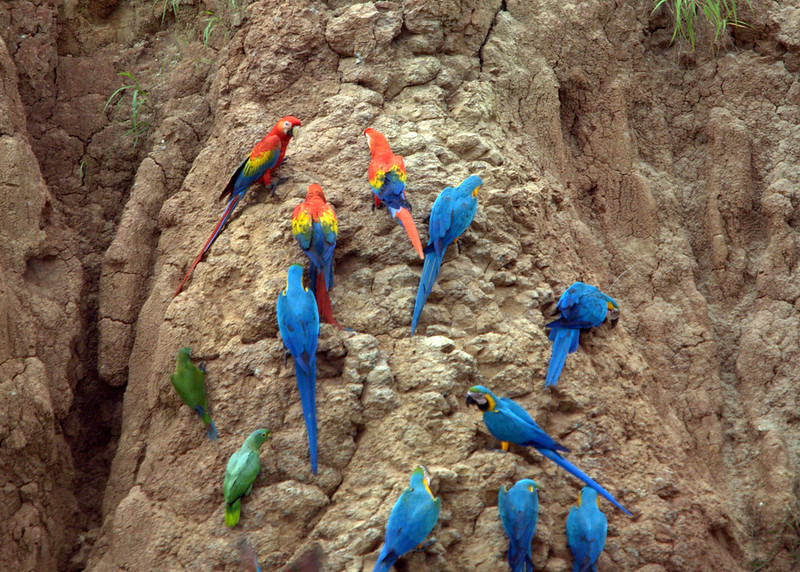PROTECT YOUR DNA WITH QUANTUM TECHNOLOGY
Orgo-Life the new way to the future Advertising by AdpathwayTo the human eye, a hummingbird is a fleeting blur of color, a tiny, impossibly fast creature that seems to appear out of nowhere and disappear just as quickly. We see them as they flit from flower to flower, their wings a whirring haze, their long beaks precisely targeting nectar.
But what does the world look like through the eyes of a hummingbird? How far can they see, and what details are they picking up that we can’t? The answer is a stunning one of nature’s most sophisticated visual systems, a system so advanced it makes our own seem a little, well, mundane.
The simple question, ‘How far can a hummingbird see?’ is deceptively complex. The true answer isn’t a single number like 20/20 vision in humans, but rather a combination of extraordinary visual abilities that allow them to perceive their environment in ways we can only imagine. It’s not just about distance; it’s about color, detail, speed, and a whole spectrum of light that is invisible to us.
 Photo by Alexander Rotker
Photo by Alexander RotkerThe Avian Superpower: A World of Ultraviolet
Perhaps the most significant difference between human and hummingbird vision is in color perception. Human eyes have three types of cone cells, one for red, one for green, and one for blue, which allow us to see the colors of the visible spectrum. Hummingbirds, along with most other birds, have four types of cone cells.
This fourth cone is sensitive to ultraviolet (UV) light, which means it sees a world of colors and patterns that are completely hidden to us.
 Photo by zdenek-machacek
Photo by zdenek-machacekFor a hummingbird, a flower isn’t just a simple arrangement of petals. It’s a beacon of nectar, often with intricate UV patterns on the petals that act as nectar guides. These patterns, invisible to our eyes, lead the hummingbird directly to the sugary reward at the flower’s core. This ability is a crucial evolutionary advantage, making their foraging incredibly efficient. They don’t waste time with flowers that have little to offer; they can see the subtle signals that indicate a rich source of food. This is one reason why they can locate a new feeder so quickly in a garden: the bright colors, particularly red, are visual landmarks that stand out and, to their eyes, likely have a UV signature that screams food source.
 Photo by Veronika Andrews
Photo by Veronika AndrewsBeyond flowers, this UV vision has other vital functions. Hummingbirds use it to distinguish between potential mates, as a bird’s feathers and plumage may have UV markings that signal health, fitness, or species identity. They can also use it to spot insects, their primary protein source, which might have reflective or UV-absorbing exoskeletons that make them stand out against a backdrop of foliage.
A Zoom Lens and a Wide-Angle View
A hummingbird’s eyes are a marvel of biological engineering. Proportionally, their eyes are one of the largest among all bird species relative to their head size. This gives them an advantage in gathering light and processing visual information. But their visual system doesn’t just grant them one type of vision; it’s a dynamic tool that adapts to different needs.
Their eyes are positioned on the sides of their heads, giving them an incredibly wide field of view. This panoramic vision is a critical adaptation for survival, allowing them to spot approaching predators from almost any direction. While a human might have to turn their head to see a hawk in the distance, a hummingbird can likely see it with just a slight shift in its gaze.
 Photo by Janice Carriger
Photo by Janice CarrigerHowever, to feed and navigate with precision, they need more than just a wide-angle lens. They need excellent depth perception. When a hummingbird is hovering in front of a flower, its eyes swivel forward, allowing it to focus on the flower in a more binocular fashion. This allows for the intricate depth perception required to insert its long beak into a flower’s corolla with pinpoint accuracy while its body remains perfectly still in mid-air. The ability to switch so seamlessly between a wide, peripheral view and a focused, binocular view is a testament to the sophistication of their visual system.
A Glimpse of the Future: The Speed of Sight
Hummingbirds are renowned for their speed, not just in flight but in their perception of the world. While we see their wings as a blur, a hummingbird’s eye and brain are processing each individual beat. This is known as their flicker fusion frequency, the rate at which an intermittent light source appears to be continuous. For humans, this rate is around 60 hertz. For a hummingbird, it can be over 100 hertz.
This means that a hummingbird sees the world in slow motion compared to us. A movie playing at 24 frames per second looks like a fluid motion to us, but to a hummingbird, it would likely look like a series of still images. This ability is crucial for tracking other hummingbirds during a territorial chase or for following the rapid, erratic movements of a tiny gnat, ensuring they can capture their prey with incredible precision.
 Photo by Mohan Nannapaneni
Photo by Mohan NannapaneniSo, when we see two hummingbirds engaged in a furious, buzzing chase, to them, it’s a more detailed, slow-motion duel where they are each tracking the other’s every move, feint, and turn. This speed of sight is just as important as their physical speed for their survival.
Putting It All Together: The Distance Factor
Now, let’s circle back to the original question: how far can a hummingbird see? While we don’t have a specific number, we can say with certainty that their distance vision is impressive and far exceeds our expectations.
A hummingbird’s ability to spot a flower or a feeder from a long way off is a combination of its keen visual acuity, its panoramic field of view, and its unique color perception. That bright red feeder you put up isn’t just a splash of color; to a hummingbird, it’s a highly visible signal that stands out against the green and brown landscape. The red light, combined with the reflective properties of the feeder, acts as a powerful long-distance beacon.
Observations from bird watchers confirm this. Hummingbirds have been known to appear at a newly hung feeder within minutes or hours of it being placed, even when no other feeders or flowers are nearby. This suggests they are spotting the visual cue from a considerable distance. While a human might struggle to see a small feeder from 500 feet away, a hummingbird with its superior color and light-gathering abilities could likely spot it from much farther.
 Photo by Frank Cone
Photo by Frank ConeFinal Thoughts
In conclusion, a hummingbird’s vision is a masterpiece of adaptation. It’s not just that they can see far; it’s that they see a richer, more detailed world than we do. Their perception of color includes the hidden spectrum of ultraviolet light, their visual system fluidly switches between a wide-angle and a zoom lens, and their brains process information at a speed that makes our world seem like a slow-moving picture show.
So the next time you see that tiny blur of a hummingbird, remember that they see you too, and they’ve likely been watching you for much longer than you think, seeing the world in a way we can only dream of. Do you get many hummingbirds in your yard? Here is the best time to photograph them while they visit!























 English (US) ·
English (US) ·  French (CA) ·
French (CA) ·